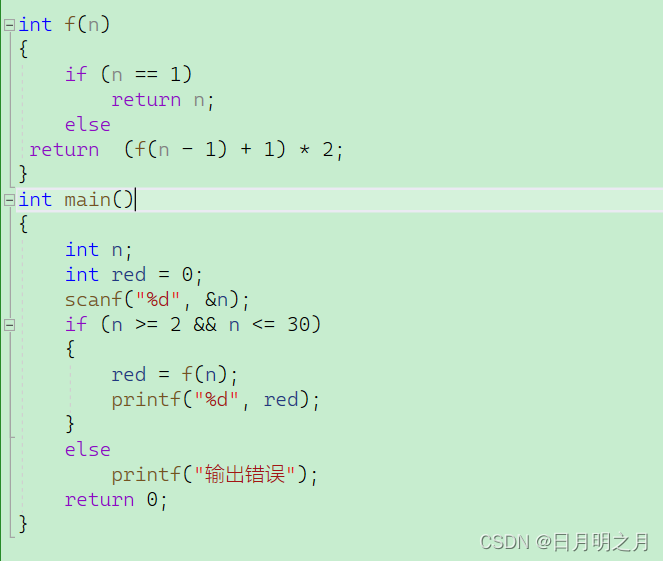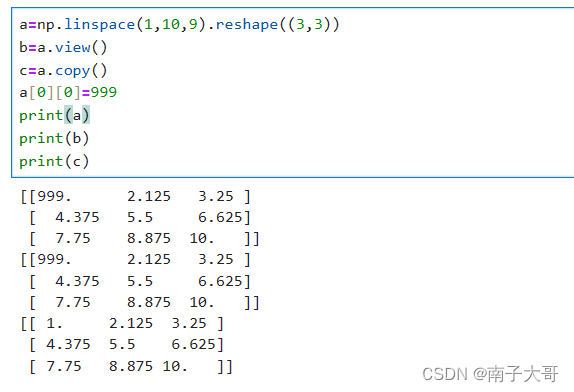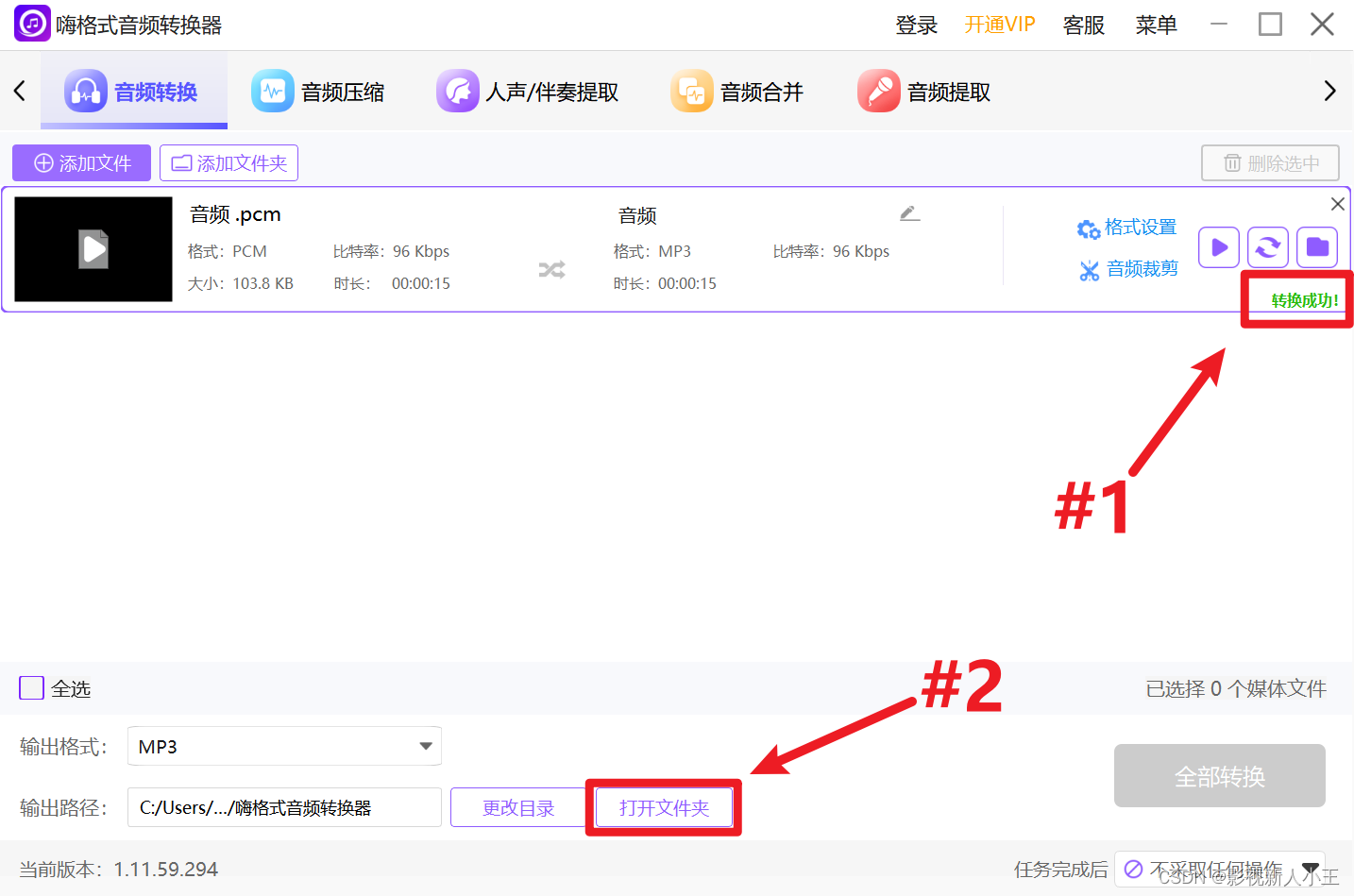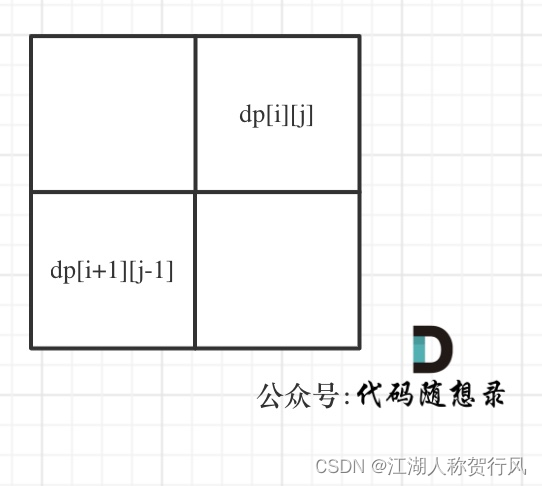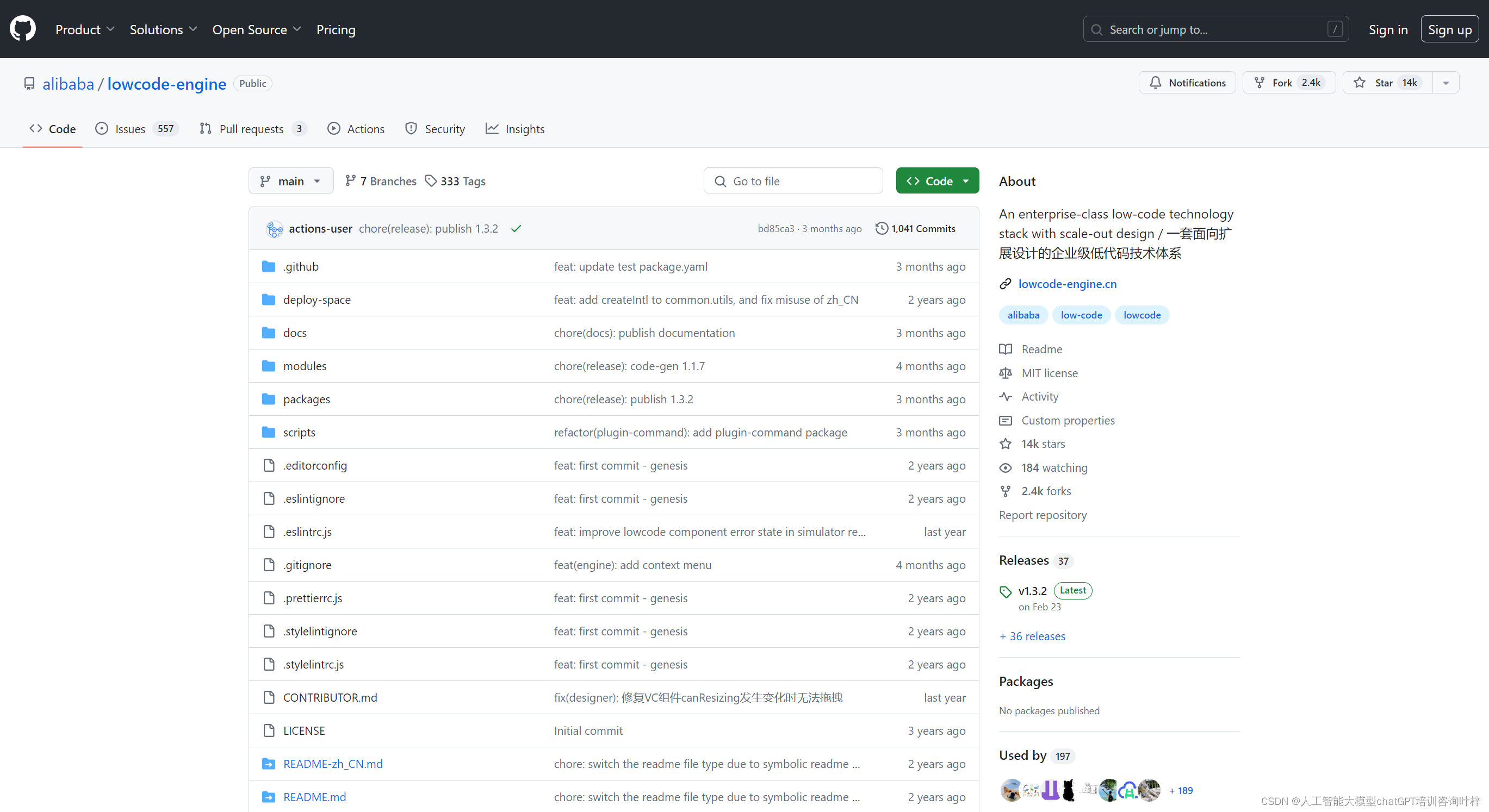领取资料,咨询答疑,请➕wei: June__Go
上一小节我们学习了pytest_collection_finish钩子函数的使用方法,本小节我们讲解一下pytest_runtest_protocol钩子函数的使用方法。
pytest_runtest_protocol 钩子函数在 pytest 运行单个测试用例之前和之后被调用。这个钩子可以用来执行测试用例的前置和后置处理,例如设置测试环境、执行测试前的准备工作、清理测试后的状态等。以下是如何使用这个钩子函数的具体方法和代码示例:
首先,确保你的项目中有一个 conftest.py 文件。然后,在 conftest.py 文件中定义 pytest_runtest_protocol 钩子函数:
# conftest.pyimport pytestdef pytest_runtest_protocol(item, nextitem):# 在测试用例执行前执行的代码if item.parent.name == "my_test_suite": # 假设我们只对特定测试套件执行操作print(f"Setting up for test: {item.name}")# 执行测试前的准备工作,例如初始化数据库、创建临时文件等# ...# 在测试用例执行后执行的代码if nextitem is not None:if nextitem.parent.name == "my_test_suite":print(f"Tearing down after test: {nextitem.name}")# 执行测试后的清理工作,例如关闭数据库连接、删除临时文件等# ...# 如果你想在测试失败时执行特定的操作,可以使用 pytest_runtest_teardown 钩子# ...# 返回值:如果设置为 True,则 pytest 将不会调用其他实现的钩子函数return False在这个示例中,我们首先检查当前测试用例是否属于特定的测试套件(在这个例子中是 my_test_suite)。如果是,我们在测试用例执行前打印一条设置信息,并执行一些准备工作。同样,如果 nextitem(下一个测试用例)存在,并且也属于相同的测试套件,我们在测试用例执行后执行清理工作。
请注意,这个钩子函数的返回值是一个布尔值。如果返回 True,则 pytest 将不会调用其他实现的 pytest_runtest_protocol 钩子函数。在这个例子中,我们返回 False,这意味着 pytest 可以继续调用其他可能存在的钩子实现。
现在,当你运行测试时,pytest_runtest_protocol 钩子函数会在每个测试用例执行前后被调用,执行你定义的前置和后置处理代码。这为你提供了一个在测试用例执行前后执行自定义逻辑的机会。
我们再通过一个更复杂的示例来展示 pytest_runtest_protocol 钩子函数的使用方法。在这个示例中,我们将模拟一个场景,其中我们需要在每个测试用例执行前后进行数据库操作的模拟,以及在测试用例执行失败时记录错误信息。
首先,确保你的项目中有一个 conftest.py 文件。然后,在 conftest.py 文件中定义 pytest_runtest_protocol 钩子函数:
# conftest.pyimport pytest
import logging
from some_database_module import ( # 假设这是我们的数据库操作模块DatabaseConnection,execute_query,close_connection
)# 设置日志
logging.basicConfig(level=logging.INFO, format='%(asctime)s - %(levelname)s - %(message)s')# 假设我们有一个全局数据库连接对象
db_connection = Nonedef pytest_runtest_protocol(item, nextitem):global db_connection# 在测试用例执行前执行的代码setup_success = Truetry:print(f"Setting up for test: {item.name}")# 模拟数据库查询db_connection = DatabaseConnection()execute_query(db_connection, "SELECT * FROM test_table WHERE id=1")except Exception as e:logging.error(f"Failed to set up test: {item.name} - {e}")setup_success = False# 如果设置失败,跳过当前测试用例if not setup_success:pytest.skip(f"Skipping test {item.name} due to setup failure.")# 在测试用例执行后执行的代码if nextitem is not None:teardown_success = Truetry:print(f"Tearing down after test: {nextitem.name}")# 模拟数据库查询execute_query(db_connection, "SELECT * FROM test_table WHERE id=2")# 关闭数据库连接close_connection(db_connection)db_connection = Noneexcept Exception as e:logging.error(f"Failed to tear down test: {nextitem.name} - {e}")teardown_success = False# 如果清理失败,记录错误信息if not teardown_success:print(f"Teardown failed for test: {nextitem.name}. Error: {e}")# 返回值:如果设置为 True,则 pytest 将不会调用其他实现的钩子函数return False在这个示例中,我们首先设置了日志系统,以便在测试过程中记录重要信息。然后,我们定义了一个全局变量 db_connection 来模拟数据库连接。
在 pytest_runtest_protocol 钩子函数中,我们在测试用例执行前尝试建立数据库连接并执行一个查询。如果设置失败,我们使用 pytest.skip 跳过当前测试用例,并记录错误信息。
在测试用例执行后,我们尝试执行另一个查询并关闭数据库连接。如果清理失败,我们记录错误信息,但不会跳过任何测试用例,因为我们希望其他测试用例能够继续执行。
请注意,这个示例中的数据库操作都是假设的,你需要根据你的项目实际情况来实现这些功能。这个示例展示了如何在测试用例执行前后执行一系列复杂的操作,并处理可能出现的异常情况。
最后感谢每一个认真阅读我文章的人,礼尚往来总是要有的,虽然不是什么很值钱的东西,如果你用得到的话可以直接拿走,希望可以帮助到大家!领取资料,咨询答疑,请➕wei: June__Go

